We talked to Shypple and they kindly provided a brief introduction to freight shipping. Especially on shipping from China up to Amazon warehouses in Europe. Enjoy their insights!
Shypple is a freight forwarder that offers its shippers a web-app based service from which European importing and exporting companies can arrange their sea and airfreight shipments. From the digital supply plain dashboard, companies can compare and book shipments and easily follow statuses and to-do’s.
Global and European trade
Before we go into details about freight forwarding and arranging transport overseas, let’s take a look at the numbers below with regards to imports per geography and import modalities on a global scale, but also more into detail with regards to Europe.
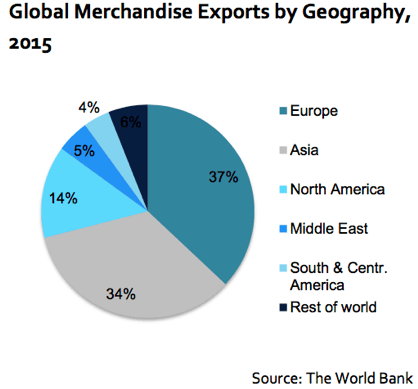
Transportation Services – in US$ bln.
Modes of transportation and Incoterms (International Commercial Terms)
As could be observed in the tables above, when importing, Europe tends to bring in lots of goods by road and a small portion by rail. Overseas imports are usually handled via sea and airfreight. For a good understanding of both overseas modalities, the below tables give a good overview of numbers per geography.
So when shipping goods overseas, there is a basic choice to be made between either sea freight or airfreight. There are several aspects to take into account when choosing between these modalities:
- Transport costs
When importing small boxes or packages, airfreight might not be too expensive as compared to seafreight. When volumes (in seafreight mainly) and weights (in airfreight mainly) increase, this difference becomes much larger. - The urgency of delivery (transit time)
Therefore, it is always wise to determine what the (required) lead times are from order date to cargo-ready date and from the latter up to required delivery date. Based on these dates, you might be able to plan ahead and use seafreight. When the order date and delivery date are close to one another it might be hard to plan with sea freight as imports from for instance Asia usually take 21 up to 42 days. With air freight, these “transit times” dramatically decrease, taking up only 2 to 6 days. - Measurements and weights of goods
As mentioned before, measurements and weights matter.
– In ocean freight, costs are usually determined per weight or measurement. This means ocean freight costs are calculated based on the total m3 that needs to be shipped, or, when the total weight is more than 1000 kg per shipped m3, based on total kg.
– In airfreight, volumes are usually lower and airfreight costs are normally determined per kilogram. - The total value of the goods that need to be shipped
When the value of your products is relatively low, for instance when importing promotional articles such as plastics, the total value may not exceed €1.000, however when importing solar panels, the value of the goods can easily be €60.000. Taking this into account, it is economically more interesting to import goods with a higher value with airfreight compared to goods with lower values. After all, as a seller, you will need to include your transport costs in your selling price one way or another.
These criteria can easily help you decide whether to import goods via sea or airfreight. After this, it is important to consider under which Incoterm (International Commercial Term) you are buying goods. The Incoterms are an essential part of global trade contracts of sales. The Incoterm clearly states which party (shipper or consignee) is responsible for which parts of transport, port handling, customs, insurance and import duties. Let’s take a look at the most commonly used Incoterms when importing:
1. ExWorks (EXW)
Under ExWorks, the buyer (the importer) is responsible for the full transport from pick-up location up to delivery address. This includes pick-up, stuffing, consolidation, origin (air)port handling, customs export clearance, sea or airfreight, destination (air)port handling, customs import clearance, on-carriage, insurance and import duties.
Advantages:
- As a buyer, all costs and risks lie with you alone, providing better insight in all costs and reducing the risk of the exporter taking advantage of arranging local transport for additional profit.
- As a buyer, you are in full control of the entire shipment. It provides visibility and the possibility to select a trusted agent yourself.
Disadvantages:
- If goods are selected for inspection at origin, you as a buyer are bearing the costs.
- If the seller (the exporter) does not have an export license, they will usually prefer ExWorks, so you as a buyer have to pay for one.
2. FOB (“Free On Board” or “Freight On Board”)
Under FOB, probably the most commonly used Incoterm, the seller is responsible for delivering the cargo to a port or an airport, handling charges at the (air)port and customs export clearance. Consequently, the buyer is responsible for ocean/airfreight, customs import clearance, on-carriage, insurance and import duties.
Advantages:
- The seller may be able to arrange local aspects in the foreign country a little cheaper and have better local contacts to arrange this.
- Your supplier probably knows the export documents needed for their products.
Disadvantages:
- May increase the cost of the goos as sellers may include some profit for arranging the local aspects they need to cover under FOB.
- Looks more expensive than shipping CIF (Cost, Insurance and Freight) or CFR (Cost and Freight).
3. CIF (Cost, Insurance and Freight)
Under CIF, the seller is responsible for delivering the cargo to a port, handling charges at the port, customs export clearance, ocean/air freight, destination port handling charges handing over the cargo and insurance. Consequently, the buyer is responsible for customs import clearance, on-carriage and import duties.
Advantages:
- Cheaper shipping costs
- Seemingly cheaper goods
Disadvantages:
- There can be quite some hidden charges when handing over the cargo
- Clearing requirements may be unclear, as well as unloading address, from where you’ll need to pick up the goods (no control over this)
For a full coverage of all the possible Incoterms, see below table:
Great. What’s next? A freight forwarder!
A freight forwarder typically acts as a “broker” or intermediary between a buyer, seller, several transportation agencies and customs brokers. The forwarder strings together the various aspects of the transport needed to get goods from A to Z. See below table for a quick understanding of the services a freight forwarder offers as a combined package for their clients.
As you can see, the freight forwarder acts as a middlemen who strings together all the executing / operating companies and their services for the process of shipping goods from shipper (exporter) to consignee (importer).
On the top level there’s an exporter who needs to ship goods towards an importing company. The forwarder is the middlemen who arranges the actual services required to arrange the shipment. This means arranging pre-carriage, warehousing, appointing a customs agent, arrange terminal handling, sea freight and the same local services after arrival in port of discharge.
Shipping the goods – freight forwarding
If you ever purchased consumer articles (like clothing) online, you must have noticed the relative ease of doing so and being able to receive these goods (even when seller is located in another country) with much ease and transparency.
Unfortunately, when shipping freight, this is a bit harder and less transparent.
Putting things into motion when you have agreed on the Incoterm can be a pain in the ass. Requesting prices at three different forwarders can easily result in three completely different quotes, with lots of varying cost items, some “if applicable” some “if arriving on terminal x” or “excluding surcharge x.”
This makes it hard to easily compare quotes you receive, and though seasoned importers and exporters might be able to quickly compare prices, it remains unclear and not very transparent.
After accepting a quote and selecting a forwarder, the follow-up processes of a forwarder may vary and take quite some time. Let’s take a look at the chronological process:
- The first thing your forwarder needs to do is to get in touch with your seller (the exporter) or his freight forwarder to arrange the pick-up (in ExWorks) or delivery (when shipping FOB) date of the goods.
- After this is agreed, the forwarder needs to book the shipment with a carrier or airliner and needs to receive a booking confirmation with a departure (ETD) and arrival date (ETA) from the carrier or airliner.
- Consequently, you’ll receive some sort of booking confirmation and either you or your seller needs to provide the forwarder with the required documents (a packing list and commercial invoice are often times sufficient).
- After this is done, you’ll receive some updates from the forwarder from the point of collection of the goods or the departure date up until arrival in port or delivery at location. Updates may vary, a good forwarder will keep you updated throughout the process but you might have to ask for updates yourself to keep track of the progress and status.
- Around departure, or some time afterwards you will usually receive a copy of the bill of lading, unless you are shipping with a printed (original) bill of lading, which is usually sent to you by the seller after arrival and payment of the goods.
- At arrival, the forwarder will have prepared the customs import declaration of your goods and clear the goods (unless customs want to check your goods and an inspection needs to take place).
- After clearance, the forwarder will usually reach out to you via phone or email to plan the delivery of your goods.
Import Guidelines
The customs duty is determined on the basis of the commodity code and the customs value. The customs duty is usually an ad valorem duty, calculated as a percentage of the customs value of the goods. The customs duty can also be a specific duty, e.g. euros/kilo or euros/litre.
As a rule, the customs value is the purchase price of the goods + the transport and insurance costs up to the EU border.
Every imported or exported item is assigned a commodity code that corresponds to its product type. These numerical codes are used by countries worldwide for statistic- gathering purposes, determination of import tariff rates, determination whether a product qualifies for a preferential (lower) tariff under a free trade agreement, guideline for the required import documents etc. This commodity code is often referred as a HS Code. For more information on a tariff system, please visit the Taxation and Customs Union website.
In addition to customs duty, VAT is something which is normally paid when importing. Importers must pay VAT on top of the total sum of the customs value and the import duty. VAT is paid to the state, in the country of entry and according to the local rate. Each EU member state sets its own VAT rate. Each state can also set different VAT rates for different products or services – or even implement exemptions (0% VAT). For more information on standard VAT rates across EU, please check the following PDF document “VAT rates applied in the Members States of the European Union”.
Example:
Customs Value: EUR 10,000
Import Duty: 5% (EUR 500)
Sum: EUR 10,000 + EUR 500 =EUR 10,500
VAT Rate: 20% (DE Rate)
Total VAT: 20% x EUR 10,500 = EUR 2100
Total Amount: EUR 10,500 + EUR 2100 = EUR 12,600
Labelling
FBA uses barcodes to identify and track inventory throughout the fulfillment process. Each product sent to an Amazon fulfilment centre requires a barcode. There are two kinds of barcodes that are used to identify products:
- Manufacturer barcodes (eligible barcodes include GCID, UPC, EAN, JAN, or ISBN)
- Amazon barcodes (ASIN, FNSKU, or MSKU)
Products that do not use the manufacturer barcode for tracking, require an Amazon barcode. A seller can print Amazon barcodes from within the seller account and apply the barcodes. If a seller does not want to apply the barcodes, they can sign up for the FBA Label Service and have Amazon apply the labels for a per-item fee ($0.2).
Each box or pallet shipped to an Amazon fulfillment center must be properly identified with a shipping label. Guidelines for labelling boxes:
- Labels supported measure 3-1/3″ x 4″.
- Don’t place labels on a seam on the box where they will get cut by a box cutter.
- The FBA shipment label should be placed next to the carrier (UPS, Fed Ex or other) label.
- Both the FBA shipment label and the carrier label (UPS, Fed Ex, or other) must remain uncovered so they are scannable and readable.
- Each box you include in the shipment must have its own label. Each pallet needs four labels, one in the top centre of each side.
Besides product barcode and shipping label, there is a question of a shipping mark. A shipping mark is simply a mark on the outside of the exterior shipping carton of an item being exported. At the minimum, shipping mark should include weight and dimension of a single carton, the number of the carton and total number of cartons (such as 1/50, 2/50, 3/50), the number of units in carton and information on actual product (content), country of origin (“Made in China”), manufacturer’s information.
TIP: It’s important that information on the shipping mark matches the information on the packing list.
Further Resources on this topic by Amazon:
- Amazon FBA Product Barcode Requirements
- Amazon Shipping and Routing Requirements
- Getting started with Fulfillment by Amazon in the U.S. marketplace (PDF)
- Quick Reference Guide – Packaging and Shipping Inventory to Amazon (PDF)
- Amazon Shipment Label Requirements
Documentation in an international trade
Whenever you’ve shipped goods, you have probably come across several types of documentation required for exports and imports. Let’s take a look at the most common documents:
- Packing list
A document indicating the net and gross weights, the freight dimensions and detailed information/content of all items/boxes in a shipment. The packing list should refer to the specific shipment for which it is created. The total volumes and weights per line need to correspond with the ones one the commercial invoice (see below). It is a mandatory piece of documentation because of possible loss, insurance claims and customs needs to check the document. - Commercial invoice
This document displays the transaction that is being made between seller and buyer of the goods. It contains information such as; dates, names, addresses, quantity of goods units, total selling prices and much more. - Bill of lading
This document is provided by a carrier or its agent to the sellers as an agreement or contract for transportation of the goods. Besides this, it also functions as a receipt for cargo that has been accepted for transportation and is required to be shown for final delivery at destination. There is a basic distinction to be made with regards to the types of bill of lading used. Your seller might prefer an original (printed) bill of lading, that he or she will sent after arrival and payment of the goods by your side. A telex release is usually preferred by you as a buyer, as it is a digital document and hence does not require a printed document, which needs to be sent via a courier and provides some extra costs. - Certificate of origin
This document may be required to proof the origin country of a shipment. Countries partnering in a trading zone use a certificate of origin and is usually issued by the chamber of commerce in the sellers origin country.
Future of trade and shipping
In recent years, a lot of industries (travelling, transportation, wholesale) have been disrupted by digital processes that enabled easier and more transparent processes. Freight forwarding is currently heading the same way as new parties are coming up with innovative products, platforms and ways of working. In airfreight, small parcels can usually be arranged and sent online with relative ease via parties such as DHL and Parcel International. For the larger airfeight, road freight and sea freight shipments, such possibilities are only just being introduced on a global scale.
Many importers and exporters do not and should not need to have all the knowledge required to ship their goods. A forwarder is usually the broker that helps with all these aspects. However, recent developments in digital infrastructures in almost any industry have created some sort of necessity for companies to gain more insights, overview and status updates over their processes. As typical freight forwarders have not yet digitized their working methods, shippers are usually stuck with more conventional working methods. Therefore, freight forwarders are now increasingly looking to offer importers and exporters the insights they are starting to demand. Among others, these include the following demands and wishes:
- An easy, digital infrastructure that foresees in a benchmark of shipping options and the possibility to directly book a shipment.
- A digital booking overview such as one has become accustomed to when booking a flight ticket or holiday.
- A central overview of planned, in-transit and delivered shipments from or to different sellers and buyers.
- The possibility to directly communicate with other colleagues as well as the freight forwarder from this digital dashboard, consequently further enhancing a centralised overview of information instead of using phone and email in decentralised ways.
- Automated updates when statuses change (departure, in-transit, arrival, at customs, ready for delivery) and when actions are completed or information is added (documents are uploaded, a comment is added about a delay etc.)
Solution by Shypple
At Shypple, we offer our shippers a very easy and intuitive web-app that foresees in these possibilities, as can be observed below.
Shippers can easily select the services they need, add weights and dimensions and request (when door to door / ExWorks) or book a shipment (when port to door / FOB) directly from the easy to use web-app. Several shipping possibilities will be shown for sea freight, whereas airfreight can be easily requested via this search tool. By offering direct insight in shipping tariffs and sailing schedules from and to Rotterdam and Antwerp (Hamburg also possible as request) we can offer cheaper rates and the possibility to directly arrange a shipment via our web-app, instead of hassling over phone and email!
After a shipment is booked, a central overview is created, with several tabs that offer all the required information. Both our shippers and our operations managers can up- and download information, documentation and add comments. Whenever you or your colleagues add information, documentation or comments we will receive notifications and vice versa when we do so. This foresees in very fast communication, limits errors and offers more insight and control in / over shipments.
Another great tool for shippers is our integrated track & trace plugin, which foresees in live insight of the current location of your shipment (for both sea and airfreight shipments). Is your shipments’ estimated time of arrival delayed? You will be notified within 15 minutes. This helps you to better inform clients in time and enables us to work towards possible solutions faster.
Shypple highly believes that providing these possibilities to a shipper will not only help a shipper, but also improve the inbound processes of a freight forwarder. It limits unnecessary e-mail streaks going back and forth, offers faster and more ways of communication and a mutual dashboard to and from which information and documentation can be uploaded and downloaded. This lowers the relatively high margin of error in traditional freight forwarding and foresees in a somewhat more pro-active service instead of a reactive one (where shippers have to request information a lot themselves).
Besides the necessity of such insights becoming ever more clear in this digital age, one can also observe the influence of large e-commerce parties such as Amazon and Alibaba. As a starter, these parties are the ones that introduced importers and exporters to the new ease and pace with which goods can be bought and sold globally. As a logical next step, the e-commerce giants will increasingly look for new possibilities for their users. In the coming years, it is expected that many of these parties will actively look at ways to improve international trade by offering some logistics solutions themselves from the same dashboards their users are already purchasing and selling their goods.
One can only question what the impact will be for shippers, forwarders and even carriers/airliners but we can only expect the entire industry to be further digitized and becoming ever more transparent from purchase up to delivery.
About Shypple
As a digital forwarder, Shypple offers customs brokerage, freight forwarding services, labeling, deliveries and all aspects Amazon stores such as yours need. However, Shypple’s experienced operations team is empowered by our digital way of working, which is why Shypple is increasingly being described as the “disruptor in a traditional industry.” We offer importing and exporting enterprises a central and digital web-app that acts as a supply chain dashboard for all in transit, planned and delivered shipments.
The web-app helps importers and exporters as it foresees in a variety of booking, planning, delivery and communication possibilities. Multiple users from your company can access this tool and are in direct contact with our operations coordinators. When a shipment is booked within our web-app, users within the company are automatically updated via a milestone overview that sends automated updates with regards to ETA adjustments and milestone achievements (for instance: booking confirmed, shipment departed, customs clearance completed, delivery date can be planned).
In essence, this lowers the traditional margins of error in shipping, it ensures faster communication, foresees in more insight per shipment and oversight upon the entire supply chain and it lowers both direct and indirect costs related to shipping goods.
In the last year, we have experienced an ever-increasing demand from European based Amazon buyers and sellers to have more visibility, insights and control over their shipments and have helped out a wide variety of businesses from purchase, collection and labelling of goods up to warehousing or delivery, all from an easy to use digital dashboard.
Are you looking for new ways of organising your freight shipments from or to Europe or are you planning to start buying or selling goods via Amazon in Europe? Get in touch with our e-commerce expert Milan at m.borkovic@shypple.com, we would be glad to help you!

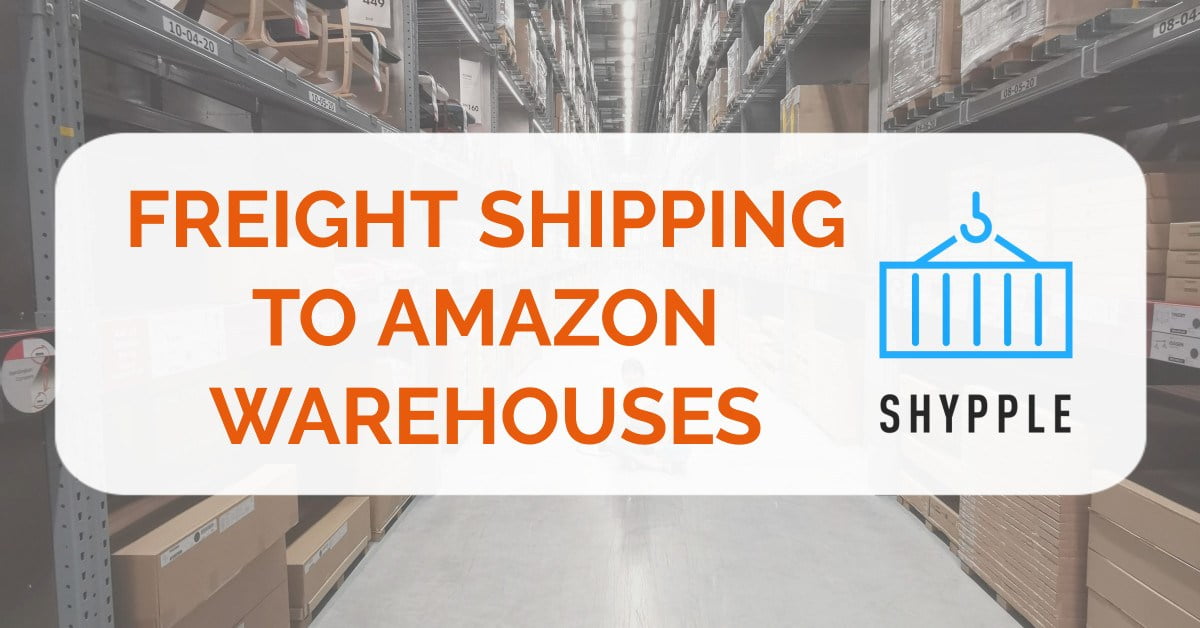
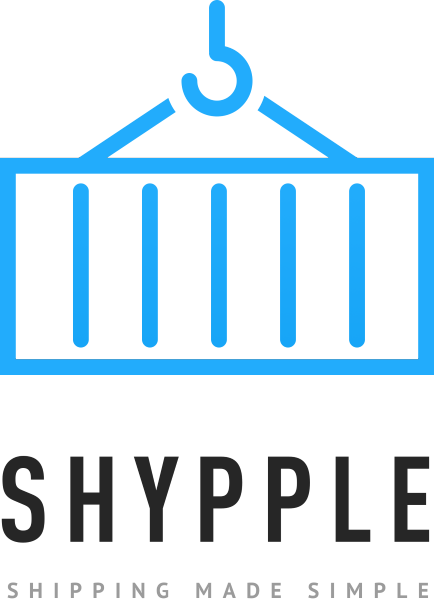
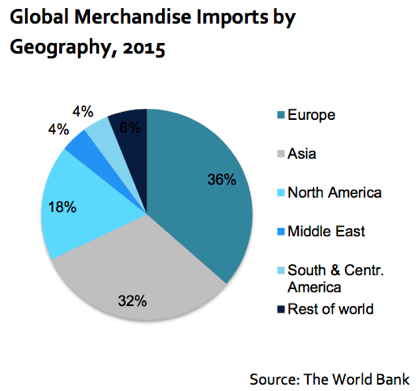
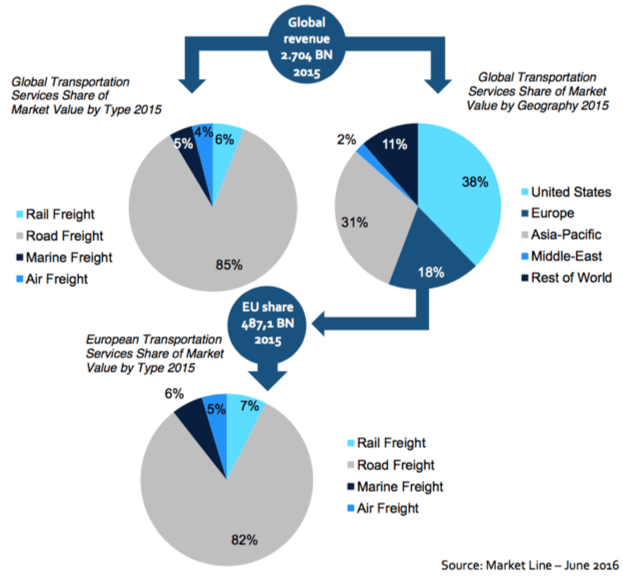

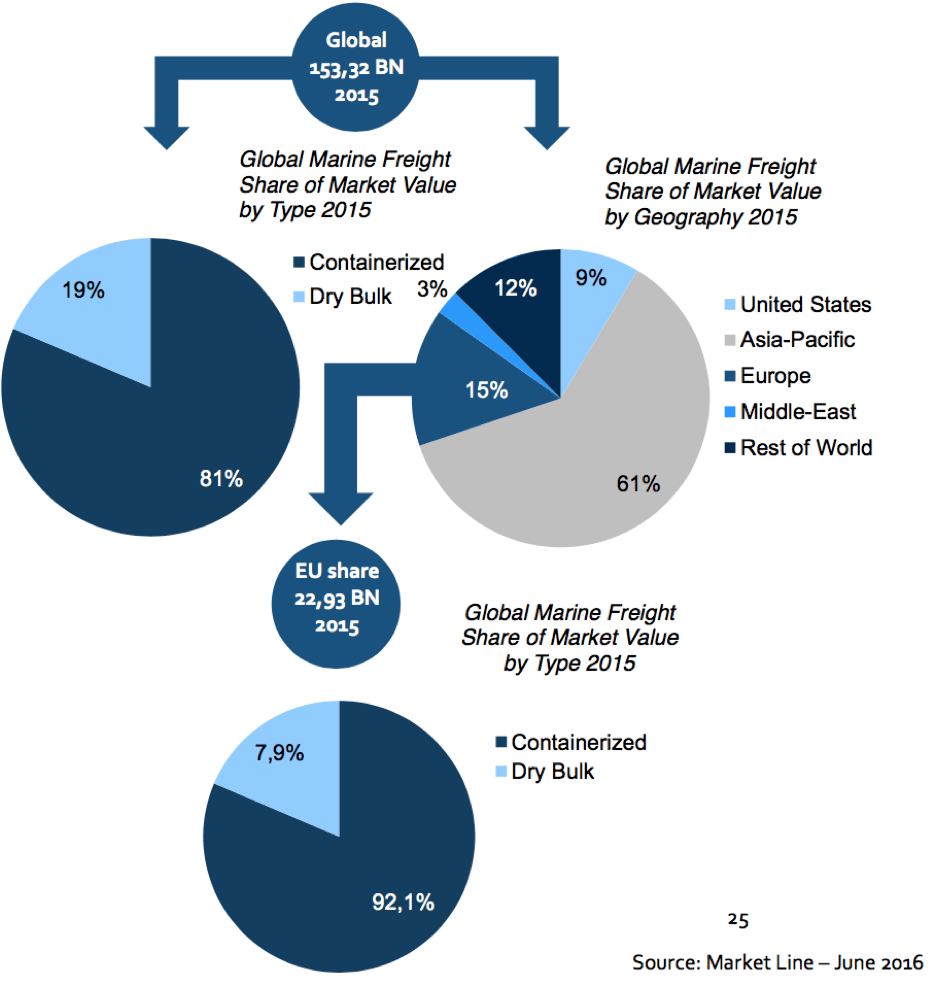
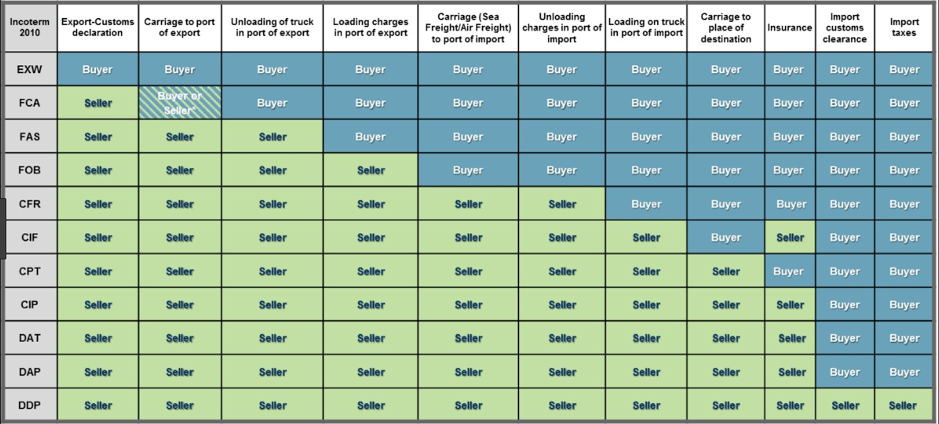
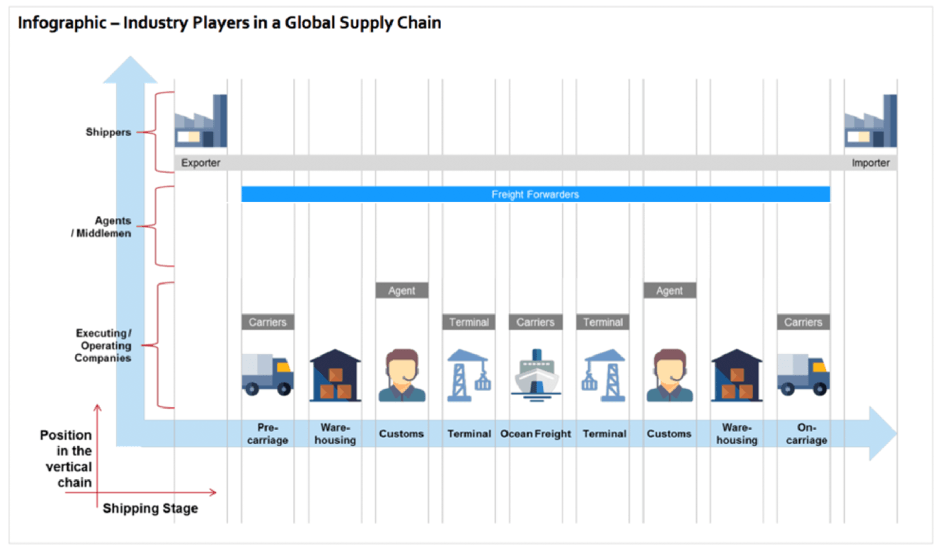
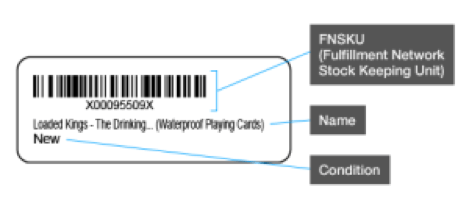
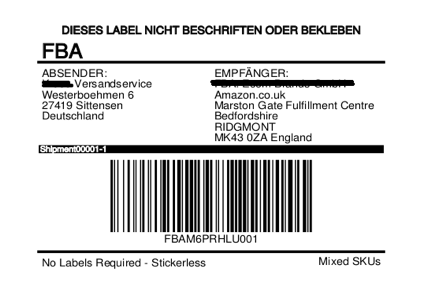
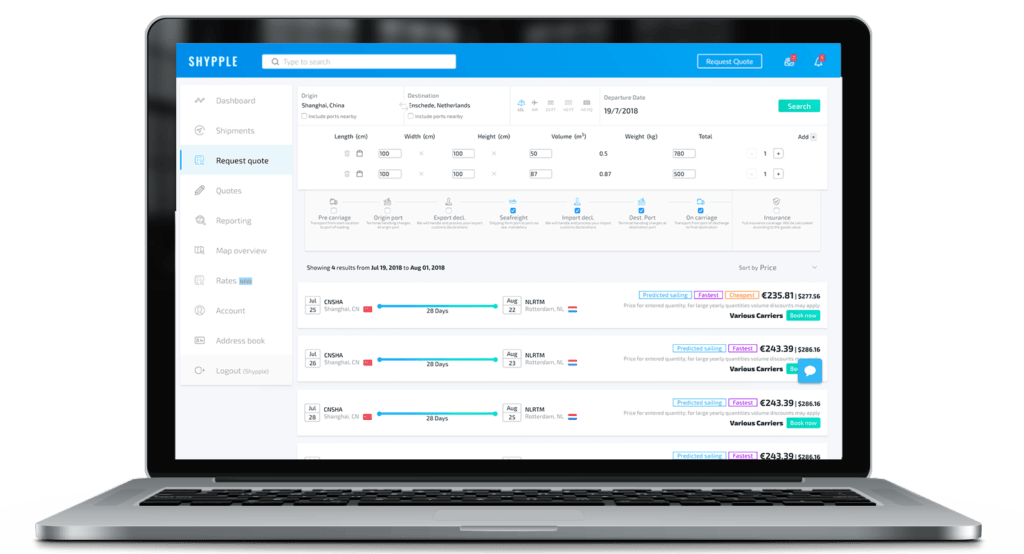

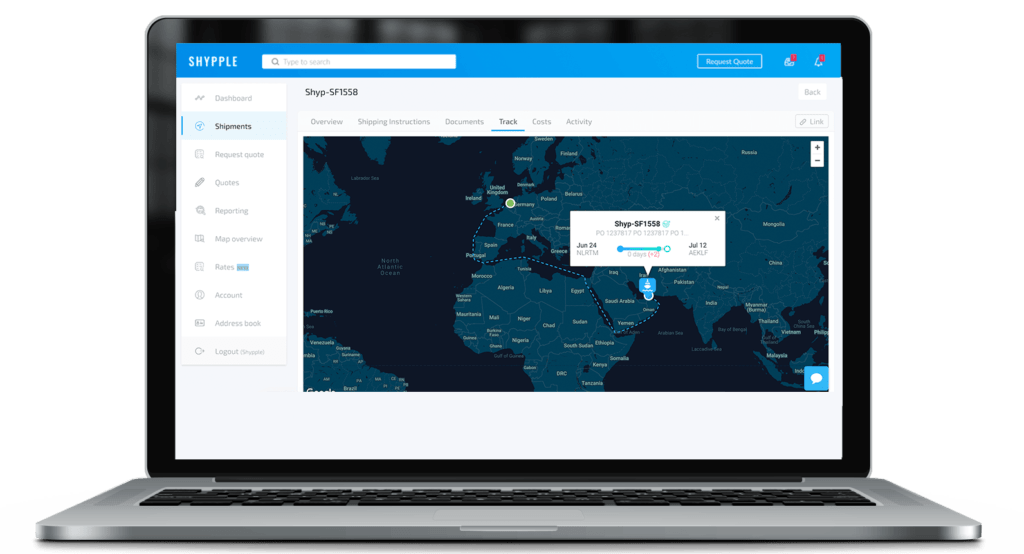
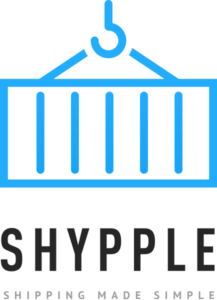

Thanks for the very insightful writing, Michiel. This article really helped me to better understand the process.
Much appreciated, and all the best with the continued growth of Shypple.
Christopher